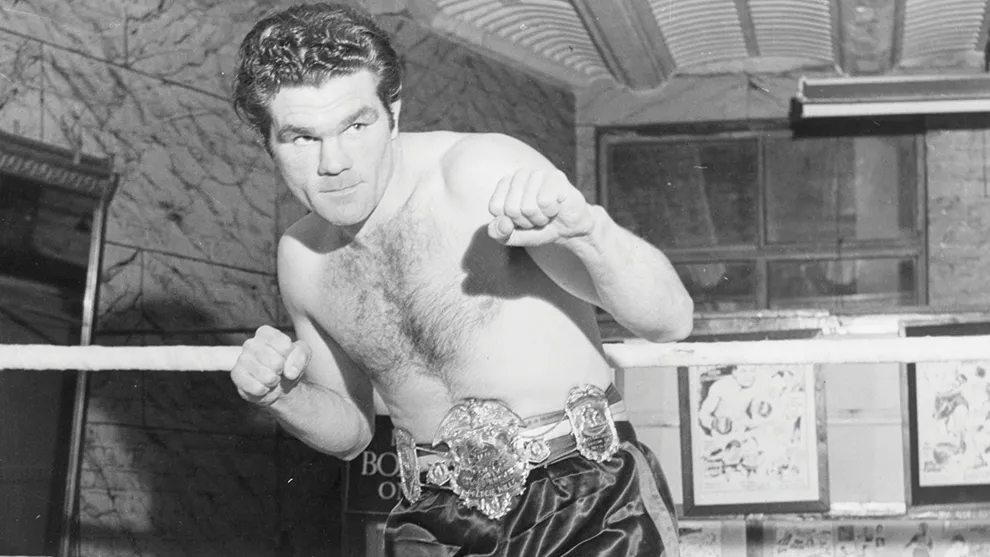TO ANYONE reading BN 40 or 50 years ago, the 1950s were often portrayed as a Golden Age for British boxing. This will have had a lot to do with the age of the correspondents back then, with many of them having started their journalistic careers at the start of that decade and, with nostalgia being what it is, a far rosier picture was painted of the era than was warranted.
In 1950 there were 770 tournaments held up and down the country. In 1959 there were only 240. This represents a pretty shocking decline, and it was largely brought about by the advent of television and the economic boom that took place throughout those years. In 1948 there had been well over 1,000 tournaments held in the UK and so, by 1950, the rot was already starting to set in.
At the start of the decade Freddie Mills was the reigning world light-heavyweight champion but by the end of January he’d lost that mantle. In what turned out to be the last fight of Mills’ career, he was knocked out in 10 rounds by the American, Joey Maxim, at the Exhibition Hall, Earls Court. Three months later Terry Allen picked up the vacant world flyweight title by beating Honore Pratesi over the full 15 at Harringay Arena. Then Allen lost his crown in his first defence, losing to Dado Marino at Honolulu in August 1950. Even so, Britian could still claim to have had two world champions in the 1950s and the decade was barely nine months old.
Randolph Turpin was the UK’s hottest prospect in 1950 and he proved his worth by beating the great Sugar Ray Robinson on that never-to-be-forgotten evening in July 1951 at Earls Court. This was one of the finest victories ever achieved by a British fighter. Sixty four days later he was crushed by Robinson in the return at New York. And that was that for the 1950s, there would be no more British world champions until Terry Downes and Johnny Caldwell in 1961. Six British fighters attempted to win world honours during the rest of the decade and all of them were beaten comprehensively. At heavyweight we had two challengers, with Don Cockell going down at the hands of all-time-great, Rocky Marciano, in a ludicrously small ring in 1955, and then Brian London being crushed by Floyd Patterson in 11 rounds at Indianapolis in 1959. Both men fought bravely but both were out of their depth.
There were no British contenders at either featherweight or welterweight but, at lightweight, Dave Charnley became the first UK fighter to contest the world title since Jack Kid Berg, 28 years previously. Charnley fought ‘Old Bones’ Joe Brown at Houston, Texas in December 1959 and lost on a cut eye stoppage in the sixth when behind on all three scorecards.
Unsurprisingly it was at the lighter weights where we more world title attempts. At bantamweight, Danny O’Sullivan, the great-uncle of snooker star Ronnie O’Sullivan, had recently lost in a European title challenge after being floored no less than ten times. A few months later, in December 1950, he journeyed to South Africa to take on the great Vic Toweel for the world title. This time Danny hit the deck on 14 – yes, fourteen – occasions, but he went the distance. In 1952, that hard man from Scotland, Peter Keenan, also lost out to Toweel in a world title challenge. Dai Dower was our flyweight representative for world honours, and his defeat by the Argentinian, Pascual Perez, in March 1957 was devastating. Dai had a weight advantage of nearly six pounds, but he was crushed in one round in front of a crowd of 85,000 at Buenos Aires.
The 1960s would see a little more success for British fighters, but it wasn’t until the 1970s and 1980s that the UK really stepped up and made its mark on world boxing, producing a series of really great world champions.
